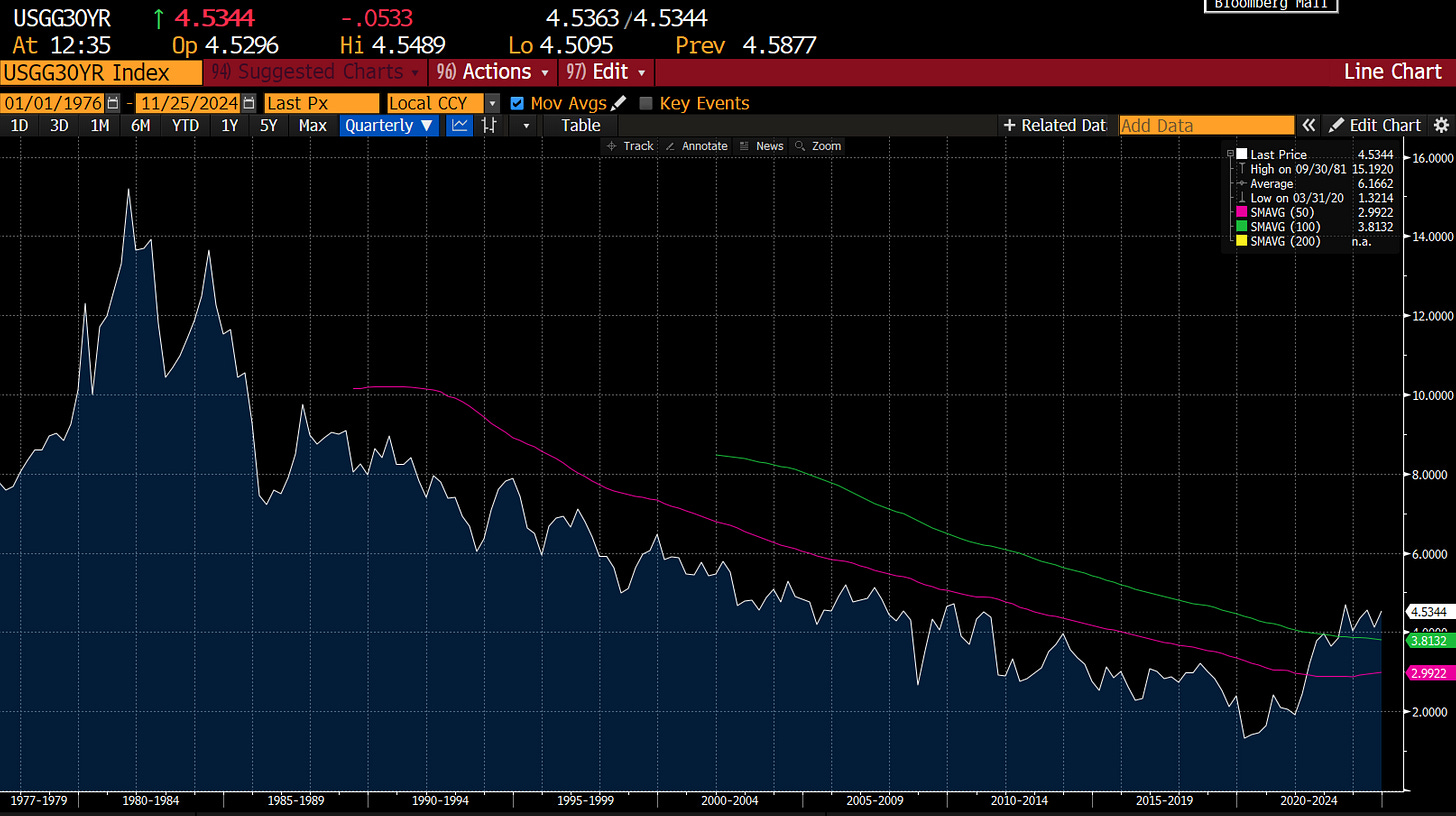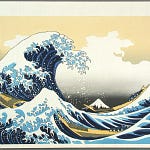One of my favourite books is Eric Hobsbawm’s “The Age of Extremes 1914-1991”. I always recommend it to anyone trying to understand why the world looks like it does. The book tracks the rise and fall of socialism, and makes the compelling argument that without understanding socialism, you cannot understand the modern world.
The rise of socialism, and the fear that it generated in the West, particularly after the Soviet Union almost singlehandedly won World War II, led the West to adopt a number of policies to blunt the attractiveness of socialism. Big State policy, with high taxation and strong unionism, where plainly not adopted to maximise profits or wealth creation. There were to reduce the risk of a socialist revolution in the West. When JFK said, “Ask not what your country can do for you, but what you can do for your country” - was not a rallying cry to unfettered free market capitalism. You could call this the “Greed is bad” era of US policy making. While it may seem impossible that Americans could ever see capitalism as bad, two world wars and the Great Depression had not marked capitalism out as a super successful system.
However, by the late 1950s, the problems of the Soviet system was already becoming apparent. Famously, one Soviet described a American model kitchen as “(p)resenting this as the typical home of an American worker is like presenting the Taj Mahal as the typical home of a Bombay textile worker, or Buckingham Palace as the typical home of a British miner”. Although the Soviets were leading in the space race, their domestic economy was backward. American consumer welfare was beyond Soviet comprehension.
The political era of “greed is bad” began to end in 1970s, as the various restrictions placed on business became to be seen as counter productive and inflationary, and the Communist economic model looked to be failing. Various pro-capital policies such as devaluing the dollar, cutting tariffs, anti-union policies were all introduced. Greed is good era began. Gordon Gecko captures the politics perfectly:
“I am not a destroyer of companies. I am a liberator of them! The point is, ladies and gentlemen, that greed, for lack of a better word, is good. Greed is right, greed works. Greed clarifies, cuts through, and captures the essence of the evolutionary spirit. Greed, in all of its forms: greed for life, for money, for love, knowledge, has marked the upward surge of mankind. And greed, you mark my words, will not only save Teldar Paper, but that other malfunctioning corporation called the USA. Thank you very much.”
But the “greed is good” era was marked by a still strong desire to compete against the forces of socialism. The US lowered tariffs, and outsourced much of its manufacturing to other nations. The US also acted as the ultimate peace keeper, and tried to set itself as a financial model, with the Washington consensus policy mix of open trade, and open capital flows. The US also sought to build and support various multinational organisations. The pinnacle of the “greed is good” era was probably in 1999. The US dominated militarily, morally, and technologically. Even the government ran a budget surplus. It was the ultimate proof that “greed” could provide superior results, and the incentive for all nations to become more like America.
The 2000 dot.com bust, and official reaction to it was probably the beginning of the end for the Greed is good era. The emergence of “whatever it takes” central banking, which had a focus on alleviating financing concerns, marked a decisive shift from believing that market forces should be left to their own devices. The reaction to the GFC, reinforced this to a degree, even if politically there was still a yearning to return to the “greed is good” era - and Washington consensus trades of balanced budget, free trade and free capital movements. Broadly speaking, I believe you can see these shifts in the relative movement of gold versus treasuries. The counter trend movement we see from 2011 to 2016, was the Obama efforts to balance the budget.
2016 and the election of Donald Trump has marked the final end of the Greed is Good era, and the beginning of the Greed is Everything era. It is not hard to see why Donald Trump re-election is received poorly in the rest of the world, and well in the US. Under both the “Greed is Bad” and the “Greed is Good” era, US politics also saw the success of the rest of the world as a policy objective. “Greed is Everything” clearly places the priorities of Americans above those of all others. It also muddles the position of business and government in a way that the US sought to avoid in the “greed is good” era. The “greed is everything” era, that looks at everything through a US first prism, is particularly bad for nations that relied on the US to police the world, namely Europe and Japan. The strong dollar is more about the US screwing Europe and Japan, than strength.
The shift from “greed is good” to “greed is everything” particularly hurts Japan, who grew rich on access to the US market, and from living under American protection. The irony of the “greed is everything” policy shift, is that it favours China, which has seen its relative exchange rates against the Yen rise to highest level since the mid 1990s, despite Chinese wages rising hugely over that period, and Japanese wages stagnating.
We can also see the US government is being run under more corporate principles. Anyone familiar with modern private equity will recognise that the level of borrowing that a private equity owned company takes out is only limited by the amount a borrower will lend (or more correctly, borrowing will be done to maximise the value to private equity owner, not for the benefit of the business). US government borrowing has definitively moved to a private equity ethos. In true private equity fashion, a “greed is everything” government will only stop borrowing when the markets stop lending.
Why anyone thinks lending to the US government for 30 years at 4.5% is a good idea remains a mystery that future financial historians will puzzle over. My target remains 10%.
The most obvious trade in the “greed is everything” era is long S&P 500 short treasuries. Great trade.
When I think about markets, my first port of call is that the “market is always right” - and then think about what that means, and where markets are wrong. Market is right about S&P 500 v TLT in my view - “greed is everything” era is good for stocks, bad for bonds.
The idea of a “strong dollar” is probably wrong. Suring gold and bitcoin tell you that the dollar is not strong. But the “greed is everything” era is very bad for Japan and Europe, who are rapidly turning into regional weaklings, reliant on the two great powers - China and the US. Both Japan and Europe are in need of institutional reform in this new era. Historically neither has reformed without war - either international or civil. The smart move from Europe and Japan would be to begin to play China and the US off each other. Both countries need a strongman leader to achieve this - there are no obvious candidates at the moment. My bet is that the “greed is everything” market continues until the US realises that its policies strengthens China’s position, rather than weakens it. I do not know when that happens. In the most recent period of American First policy making, before World War II, strengthened the hand of the Nazi’s and Soviets. A similar blunder is occurring now - again explaining the dismay of Trump’s election in the rest of the world.




















